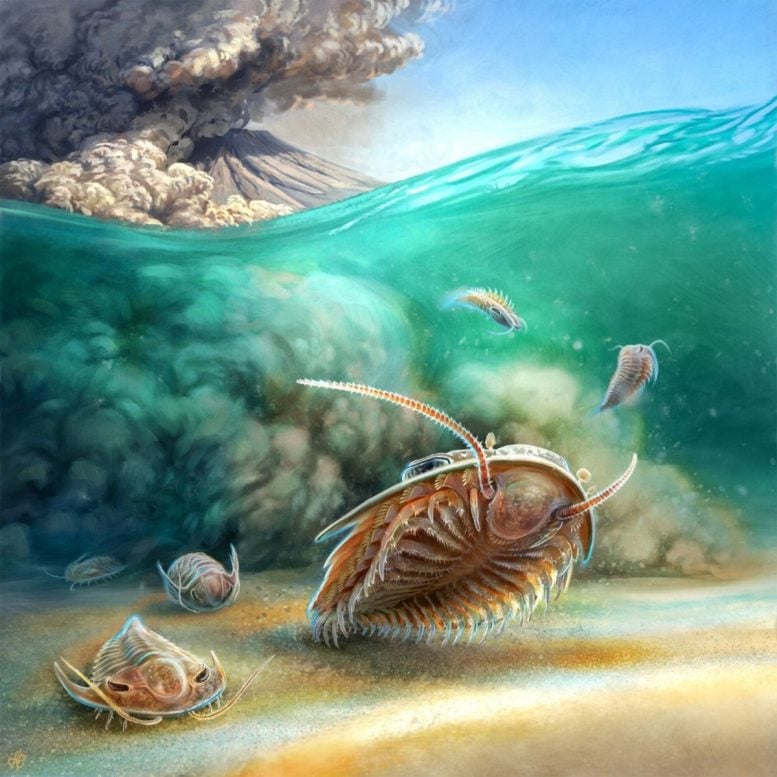
Artistic reconstruction of two species of trilobite an instant before burial in a flow of volcanic ash 510 million years ago. Credit: Prof. A. El Albani, Univ. Poitiers
Recent findings from Cambrian-age trilobite fossils in Morocco, preserved in volcanic ash, have unveiled new anatomical details using advanced imaging, highlighting the potential for discovering soft-bodied anatomical structures in similar geological settings.
Thanks to being rapidly entombed in volcanic ash – in a “Pompeii-like” process – Cambrian-age trilobites’ anatomy is more discernable than ever, via exquisitely preserved fossils. The fossils uncovered in Morrocco are reported in a new study that reveals microscopic details including of trilobite appendages and the trilobite digestive system.
Trilobites are perhaps the most well-known creatures that lived during the Cambrian Period. These extinct marine arthropods’ hard exoskeleton lends itself to high fossilization potential, facilitating the identification of more than 22,000 trilobite species and a robust fossil record spanning the early Cambrian to the Permian extinction.
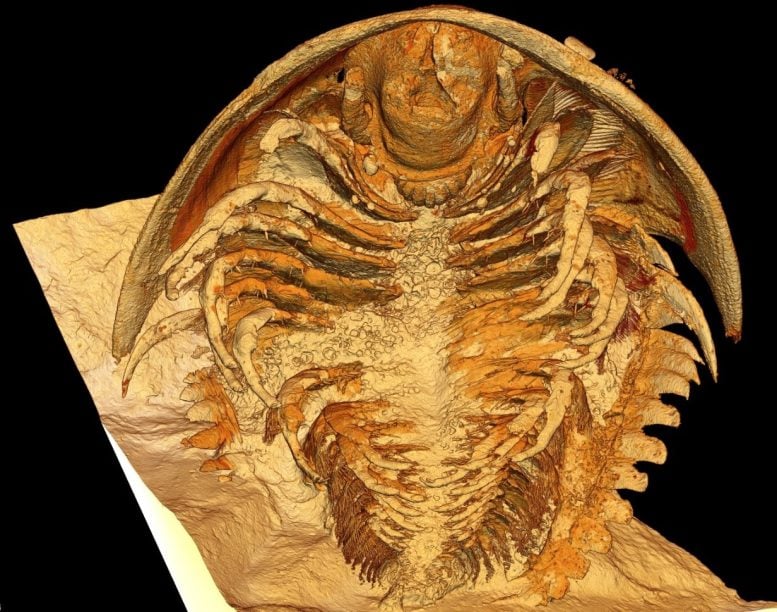
Microtomographic reconstruction of the trilobite Gigoutella mauretanica in ventral view. Credit: Arnaud Mazurier, IC2MP, Univ. Poitiers
Discoveries in Moroccan Fossils
While this bounty of fossils has led to great insight into the external morphology of these animals, knowledge of their anatomy, particularly their rarely preserved soft tissue appendages and internal organs, is greatly limited. Here, Abderrazak El Albani and colleagues report several exceptionally well-preserved and anatomically complete Cambrian-age trilobite fossils from the Tatelt formation in Morrocco. According to El Albani et al., the trilobites were fossilized through rapid ash burial from a single pyroclastic flow event that swept through a shallow marine environment.
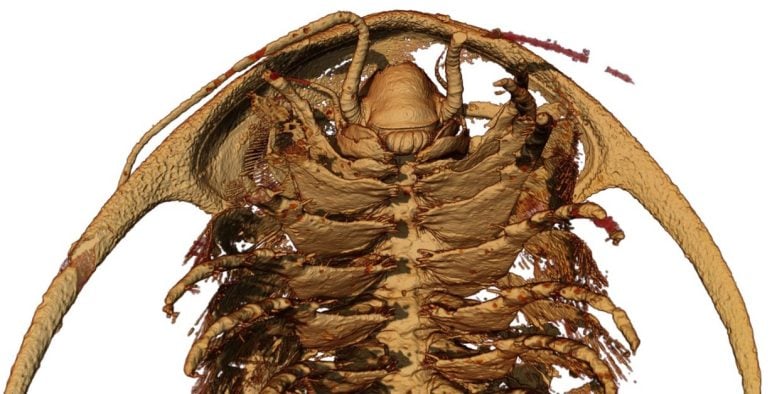
Microtomographic reconstruction of the head and anterior trunk (“body”) limbs of the trilobite Protolenus (Hupeolenus) in ventral view. Credit: Arnaud Mazurier, IC2MP, Univ. Poitiers
This scenario led to their instantaneous burial and pristine, 3D preservations of both the exoskeleton and soft anatomy contained therein. Using microtomographic X-ray imaging, the authors were able to observe anatomical features, including the trilobites’ articulated and undistorted exoskeleton, antennae, post-antennal appendages, digestive system, and other soft tissues.
El Albani et al. also describe previously unknown anatomical features, such as their novel feeding structures, a slit-like mouth opening, and specialized head appendages that form a complex feeding apparatus around the mouth. Moreover, the findings suggest that other volcanic ash deposits in marine settings, such as that entombed the Tatelt trilobites, may have significant potential for preserving soft-bodied creatures or anatomy with fine details, highlighting the potential for further discoveries in similar deposits.
Reference: “Rapid volcanic ash entombment reveals the 3D anatomy of Cambrian trilobites” by Abderrazak El Albani, Arnaud Mazurier, Gregory D. Edgecombe, Abdelfattah Azizi, Asmaa El Bakhouch, Harry O. Berks, El Hafid Bouougri, Ibtissam Chraiki, Philip C. J. Donoghue, Claude Fontaine, Robert R. Gaines, Mohamed Ghnahalla, Alain Meunier, Alain Trentesaux and John R. Paterson, 27 June 2024, Science.
DOI: 10.1126/science.adl4540


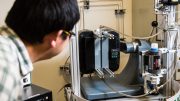
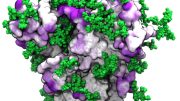
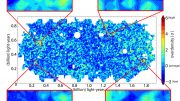

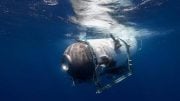

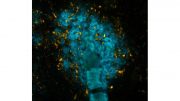
Be the first to comment on "Unprecedented Fossil Find: Pompeii-Like Burial Preserves Trilobites in Stunning 3D Detail"